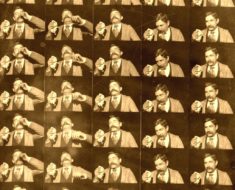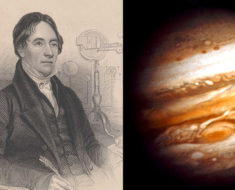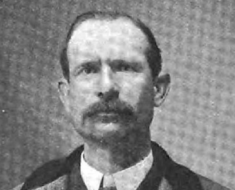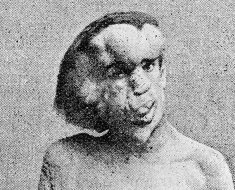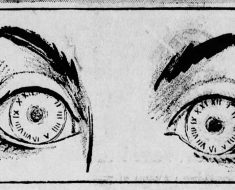P.T. Barnum found fame exhibiting Tom Thumb, the Feejee Mermaid, Chang and Eng, the Siamese Twins, and many other sideshow attractions. But before all of them, his first human oddity hit was a 161-year-old African American slave named Joice Heth.
Barnum found her in 1835, when she was already being exhibited as the ultra-elderly caretaker of George Washington. Heth was completely blind, had no teeth, weighed less than 50 pounds, and moved very little. Yet, she was very social around visitors and enjoyed recounting anecdotes of the young president-to-be and his family.
![Joice Heth poster, By J. Booth & Son, 147 Fulton St NY [Public domain], via Wikimedia Commons](http://www.weirdhistorian.com/wp-content/uploads/2017/04/Joice_heth_poster.jpg)
Joice Heth poster, By J. Booth & Son, 147 Fulton St NY [Public domain], via Wikimedia Commons
Heth, however, isn’t the only story of extreme longevity.
In the 1896 book Anomalies and Curiosities of Medicine by George Gould and Walter Pyle, they record several cases of people who lived to be well past 140 years old:
“Quite celebrated in English history by Raleigh and Bacon was the venerable Countess Desmond, who appeared at Court in 1614, being one hundred and forty years old and in full possession of all her powers, mental and physical. There are several portraits of her at this advanced age still to be seen. Lord Bacon also mentions a man named Marcus Appenius, living in Rimini, who was registered by a Vespasian tax-collector as being one hundred and fifty.”
And then there’s the story of a Danish man named Draakenburg who married at the age of 110, but outlived his wife and fell in love again at 130, “with a young country girl, who, as may well be supposed, rejected him.” But a broken heart didn’t slow him down. The book states Draakenburg died “in his one hundred and forth-sixth year.”
Besting Draakenburg was Thomas Parr, an Englishman said to have been born in 1483 and lived until 1635. That’s 152 years. His grandson reportedly lived to 120 years. He clearly inherited great genes, though there’s no evidence supporting either claim.
Records weren’t as accessible in those days, so proof of age wasn’t easily attainable. But perhaps people were willing to believe such exaggerations simply because they liked the idea of hope—that humans could reach such advanced ages.
In 2006, Cambridge researcher Aubrey de Grey gave a TED Talk called, “A Roadmap to End Aging.” De Grey views aging as a disease—one that can be cured. In his talk, he poses the simple question, “Why should we cure aging? Because it kills people!!!!!!” He believes science can discover all the components that cause human tissue to age and then design remedies to prevent it from happening. He suggests the first 1,000-year-old person may have already been born. That would finally break Methuselah’s record of 969 years. View de Grey’s full talk below.
As for now, according to the Guinness Book of Records, the best we humans have achieved is 122 years and 164 days. That record belongs to Jeanne Louise Calment of France. She was born on February 21, 1875 and died on August 4, 1997. She claimed to have never been ill, and maintained her mental faculties till the end.
Perhaps de Grey will uncover the answers he seeks, and Calment’s record will one day be shattered.
Read more about Joice Heth in my book, American Sideshow.

